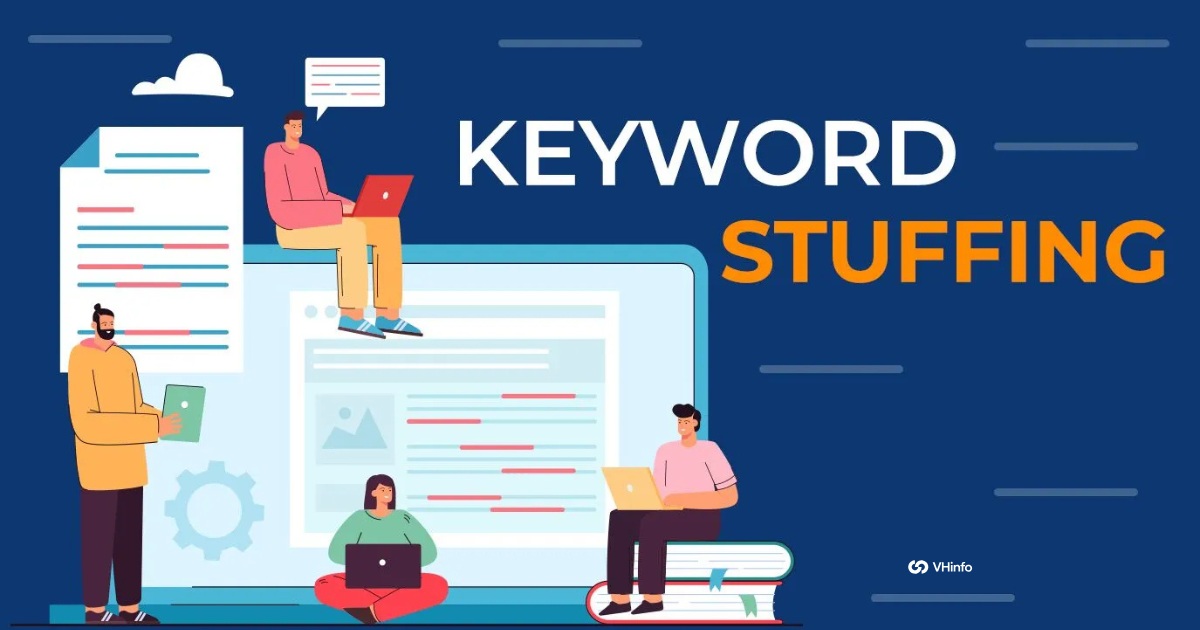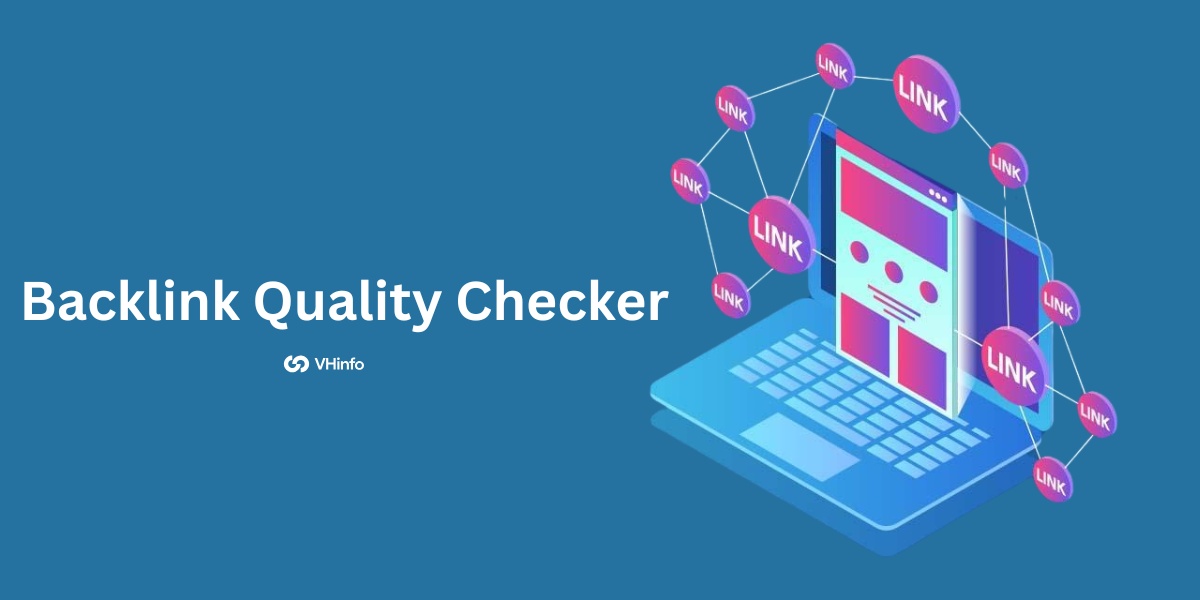Welcome to the world of search engine optimization (SEO). You want your website to show up on the first page of Google search results.
To do this, you need to use keywords. But there is a right way and a wrong way to use keywords.
Using them the wrong way can hurt your site. One wrong way is called keyword stuffing. This guide will teach you what keyword stuffing is in SEO, why it’s bad, and how to do things the right way. We will help you make helpful content that both people and search engines will love.
What Is Keyword Stuffing?

Keyword stuffing is the practice of filling web pages with a target keyword to try and trick the search engine. The goal is to make the page rank higher in search results. Instead of creating quality content, the focus is on repeating the main keyword over and over again.
This makes the text sound unnatural and hard to read.
The Official Definition of Keyword Stuffing
Google’s official definition calls keyword stuffing the practice of loading a web page with keywords or numbers to manipulate rankings in Google web search. This is against Google’s spam policies. It is considered a black hat SEO tactic, which means it is a dishonest way to try and get higher rankings. The focus is not on providing a good user experience, but on gaming the system.
Visible Vs. Invisible Keyword Stuffing
There are two main types of keyword stuffing: visible and invisible.
Visible keyword stuffing is when the repeated keywords can be seen by the reader. This includes:
- Repeating the same word or phrase unnaturally. For example: “We sell the best custom widgets. Our custom widgets are the best on the market because we specialize in custom widgets.”
- Listing keywords without any real sentences. For example: “custom widgets, best widgets, cheap widgets, widgets for sale.”
- Using the keyword in every single sentence, even when it doesn’t make sense.
Invisible keyword stuffing involves hiding keywords on the page so users can’t see them, but search engines can. This is done by:
- Using text that is the same color as the white background.
- Hiding text behind an image.
- Putting keywords in the code of the page, like in comment tags.
Both methods are against Google’s guidelines and can get your site into trouble.
History of Black Hat SEO Tactics
In the early days of the internet, search algorithms were much simpler.
They often counted how many times a primary keyword appeared on a page to decide what it was about. Because of this, keyword stuffing used to work. Site owners could fill their pages with their target keyword and see their search engine rankings climb.
However, search engines like Google quickly got smarter.
They realized that pages using SEO keyword stuffing often provided a bad user experience and were not helpful. They released algorithm updates, like the Panda update, to find and penalize low-quality sites. Today, these old tricks don’t work and are considered spam.
How Keyword Stuffing Affects SEO?

Keyword stuffing is very bad for your SEO efforts. Modern search engines are designed to understand the meaning and context of your content, not just count keywords. When you stuff keywords, you are creating a negative user experience.
People who visit your page will find it hard to read and will likely leave quickly. This tells the search engine that your page is not useful.
As a result, your search rankings can drop significantly.
Instead of getting higher rankings, you might find your site pushed down in the Google search results, or even removed completely. It hurts your site’s reputation and makes it harder to build trust with your target audience.
Why Websites Use Keyword Stuffing?

Some people still use keyword stuffing because they think it’s a shortcut to better search engine rankings.
They might not know that search algorithms have changed. They focus only on getting the search engine to notice their target keyword. They believe that the more they use keywords, the more relevant their page will appear for a specific search query.
This is a misunderstanding of how modern search engine optimization works. While keyword usage is important, the focus should always be on creating valuable information for the user. Tricking the system might seem easy, but it always leads to problems in the long run.
The goal of a search engine is to provide the best possible results to its users, and low-quality, stuffed content does not help them do that.
Is Keyword Stuffing A Ranking Factor?
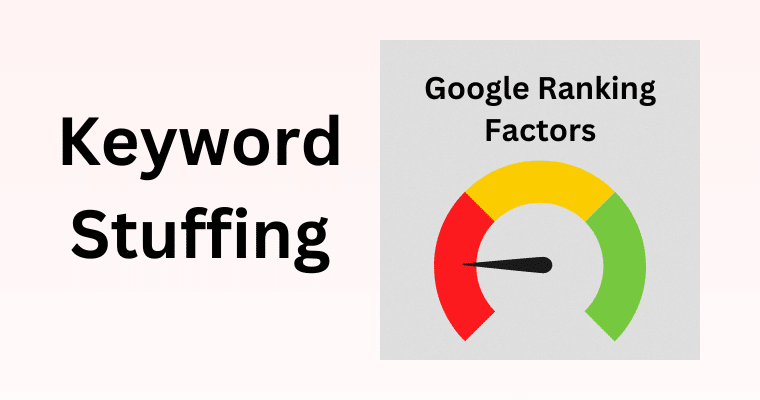
No, keyword stuffing is not a positive ranking factor. In fact, it is a spam factor that can harm your ranking.
In the past, keyword frequency was important, but that is no longer true. Today’s search algorithms look at hundreds of factors to rank web pages. These include the quality of the content, the user’s search intent, and how helpful the page is.
Using a keyword stuffing strategy tells Google that you are trying to manipulate search results, which violates their spam policies.
Instead of helping you rank, it can lead to lower rankings or a penalty. The correct approach is to focus on natural keyword placement within high-quality and helpful content.
Common Examples of Keyword Stuffing

It’s important to recognize what keyword stuffing looks like so you can avoid it. Here are some common examples.
Unnatural Repetition in Body Content
This is the most common form of visible keyword stuffing. The body of the text is filled with the main keyword or secondary keywords in a way that sounds robotic and is difficult to read.
- Bad Example: “If you are looking for the best emergency AC repair, you have found the best emergency AC repair service. We offer emergency AC repair 24/7. Contact us for emergency AC repair.”
This text provides a poor user experience because the repetition makes it hard to understand the actual message.
Listing Keywords in Meta Titles and Descriptions
The title tag and meta descriptions are important for SEO, but they can also be stuffed.
- Bad Example Title: Best Plumber | Top Plumber | Local Plumber Near Me
- Bad Example Meta Description: We have the best plumber, a top plumber, and a local plumber near you. Call our plumbers for the best plumbing service.
This looks spammy in the search engine results and can discourage users from clicking on your link.
Stuffing Keywords in Image Alt Text
Alt text is meant to describe an image for visually impaired users and for search engines. It should be descriptive, not just a list of keywords.
- Bad Example Alt Text: <img src=”puppy.jpg” alt=”dog puppy pet cute puppy fluffy puppy for sale”>
This does not help the user and is a clear sign of trying to manipulate the search engine. Proper alt text would be something like, “A small golden retriever puppy playing in the grass.”
Overusing Keywords in Header Tags
Headers (H1, H2, H3, etc.) help structure your piece of content and are important for SEO. However, repeating your primary keyword in every header is a form of keyword stuffing.
- Bad Example:
- H1: The Ultimate Guide to Blue Widgets
- H2: Why You Need Blue Widgets
- H3: How to Choose the Best Blue Widgets
- H3: Where to Buy Blue Widgets
A better approach is to use keyword variations and related terms to make your headers natural and informative.
Why Google Penalizes Keyword Stuffing?
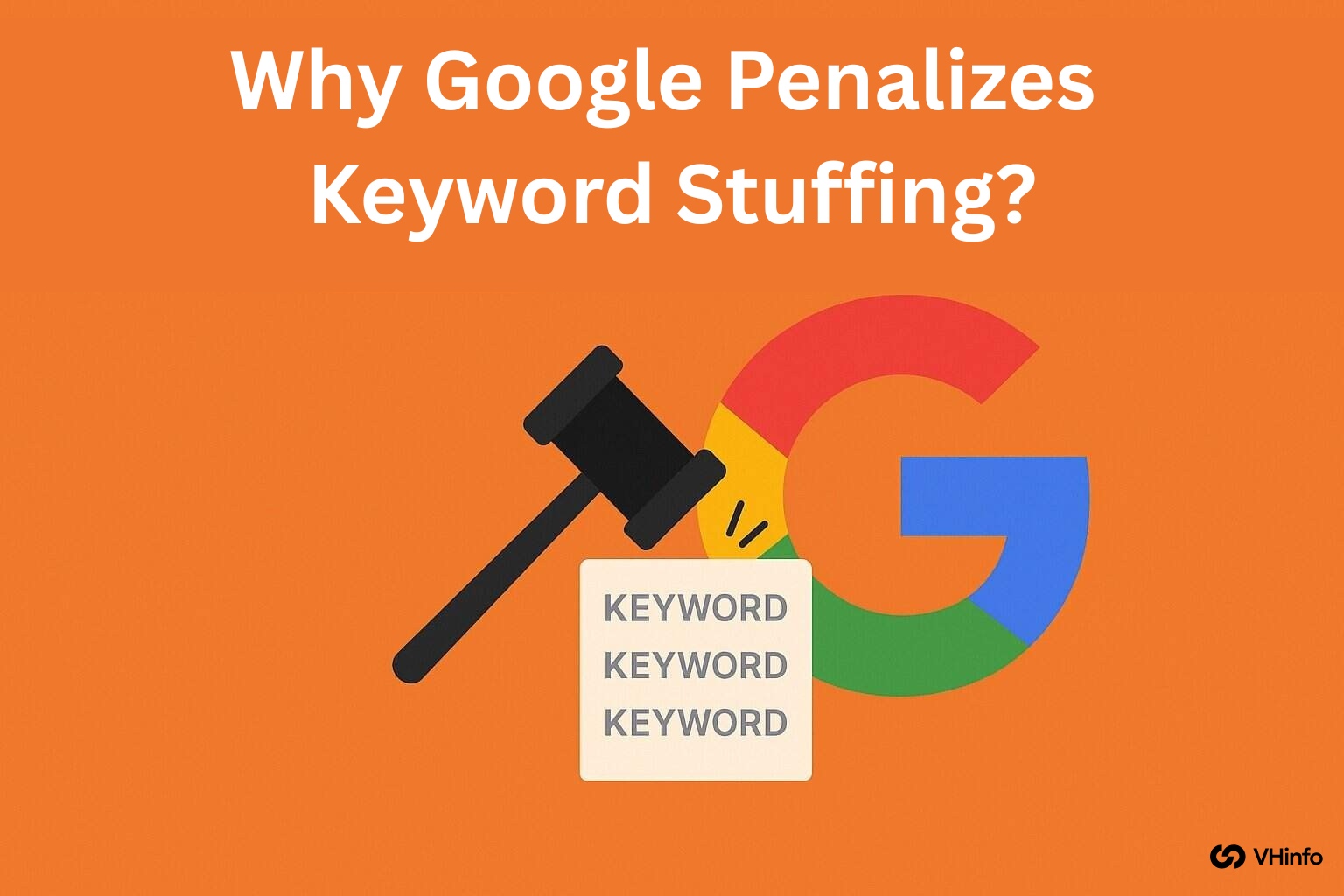
Google works hard to make sure that the quality of search results is high. Keyword stuffing goes against this goal, which is why it is penalized.
Negative Impact on User Experience
When content is stuffed with keywords, it becomes almost unreadable. This creates a negative user experience.
Users who land on such a page are likely to leave right away. This high bounce rate is a signal to Google that the page is not helpful, which can lead to lower rankings. Google wants to show its users pages that answer their questions and provide valuable information.
Violation of Search Engine Guidelines
Keyword stuffing is a direct violation of Google’s spam policies. These policies are in place to protect the integrity of search results and prevent manipulation. By trying to game the system, you are breaking the rules that every site owner should follow.
This can lead to serious consequences for your website.
How Algorithms Detect Unnatural Keyword Use?
Modern search algorithms are very advanced. They use natural language processing to understand the context and meaning of a page.
They can easily tell the difference between natural keyword usage and forced repetition. They look at keyword density, placement, and the use of related keywords and synonyms to judge the quality of a piece of content.
Potential For Manual Action Penalties
If Google’s algorithm detects severe SEO keyword stuffing, it might flag your site for a human reviewer. This can result in a manual action.
A manual action is a penalty applied directly to your site by a Google employee. This can cause your site to be completely removed from Google search, making it invisible to potential visitors. Fixing a manual action can be a long and difficult process.
How to Avoid Keyword Stuffing and Write Better Content?
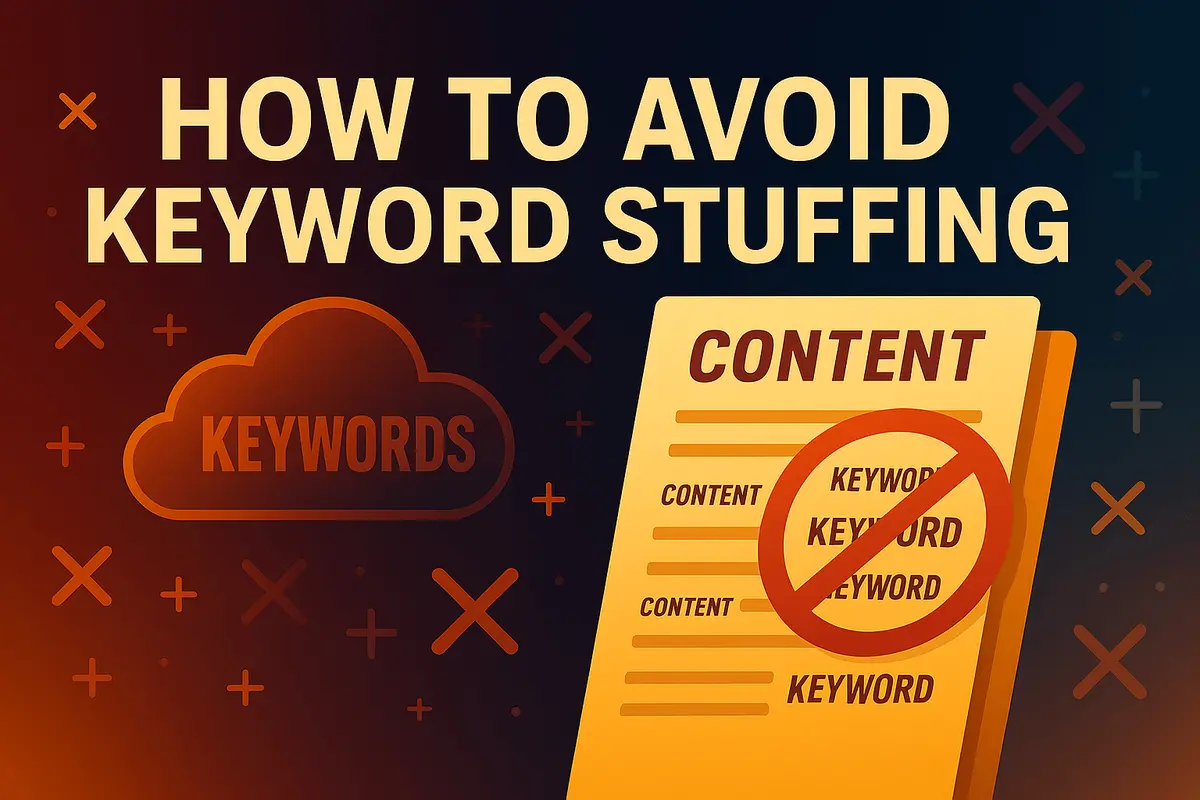
The key to avoiding keyword stuffing is to shift your focus from search engines to your audience. Here’s how you can create quality content that ranks well without breaking the rules.
- Focus on Topic Relevance and Natural Language: Instead of obsessing over a single target keyword, think about the topic as a whole. Write naturally, as if you were explaining the subject to a friend. When you write high-quality, comprehensive content, you will naturally use keywords and their variations. This helps create helpful content that fully answers the user’s search query.
- Use Synonyms and Latent Semantic Indexing (LSI) Keywords: Don’t repeat your main keyword over and over. Instead, use synonyms and related terms. These are often called LSI keywords. For example, if your primary keyword is “car repair,” you can also use terms like “auto maintenance,” “vehicle service,” and “mechanic shop.” This shows the search engine that you have a deep understanding of the topic and improves the content’s readability.
- Write For Your Audience First, Not Search Engines: The golden rule of modern SEO is to write for your target audience first. Think about their questions, problems, and what they want to learn. When you focus on helping the user and satisfying their user intent, you will create genuinely valuable content. This is what Google wants to rank. At VH-info, we help businesses understand that connecting with an audience is the key to sustainable growth.
- Aim For A Natural Keyword Density: Keyword density refers to how often a keyword appears on a page compared to the total number of words. There is no magic number for “safe” keyword density, and focusing too much on it can lead you back to stuffing. A good rule of thumb is to keep it low, generally around 1-2%. The best way to check is to read your content out loud. If it sounds unnatural, you have probably used the keyword too many times.
Best Practices to Replace Keyword Stuffing

Instead of using outdated black hat tactics, focus on these modern best practices for search engine optimization.
- Create In-Depth, High-Quality Content: The best way to rank high in Google search results is to create the best resource on a given topic. This means writing long, detailed articles that cover every aspect of the subject. In-depth, quality content naturally includes your main keyword, secondary keywords, and many related keywords, all while providing immense value to the reader.
- Optimize For Semantic SEO: Semantic SEO is about optimizing for topics, not just keywords. It involves understanding the search intent behind a query and creating content that covers all the related subtopics. When you do good keyword research, you will find many keyword variations and questions that users are asking. Answering these questions in your content is a powerful way to improve your search rankings.
- Improve On-Page SEO Elements Holistically: Great content is just one part of the puzzle. You also need to optimize other on-page elements. This includes writing clear title tags and meta descriptions, using headers to structure your content, optimizing your images with descriptive alt text, and using clean URLs. A tool like a page SEO checker can help you find areas for improvement. As a SaaS link-building agency, VH-info provides the expertise to guide you through optimizing all your on-page elements effectively.
- Focus on Building Topical Authority: Topical authority means your website is seen as an expert on a particular subject. You can build this by consistently publishing high-quality, helpful content about your topic. Link your related articles together using anchor texts. This helps both users and search engines navigate your site and understand that you are a go-to source for that topic. Building authority takes time, but it leads to stable, long-term higher rankings.
FAQ’s:
Does Keyword Stuffing Still Work For SEO Today?
No, keyword stuffing does not work for modern SEO. It is an outdated black hat tactic that will harm your search engine rankings and can lead to penalties from Google. Instead of risky shortcuts, sustainable growth comes from quality content paired with authoritative link-building strategies, which is the focus of our services at VH-info.
How Can I Check My Content For Keyword Stuffing?
Read your content out loud. If it sounds unnatural or repetitive, you may have a problem. You can also use a word frequency counter to check your keyword density. Tools like the Hemingway Editor can also help check your content’s readability.
For a more comprehensive audit, the experts at VH-info can help ensure your content is optimized for both users and link-building success.
Is Using Keywords in Page Titles Considered Keyword Stuffing?
Using your primary keyword in the title tag is a good SEO practice.
However, repeating it or listing multiple keywords is considered stuffing. Your title should be natural and descriptive. Getting these on-page details right is a critical first step before starting a successful link-building campaign with a service like VH-info.
What Is A Safe Keyword Density?
There is no “safe” keyword density. Experts often suggest a range of 1-2%, but the real focus should be on natural language and readability. Don’t chase a number; write for people. At VH-info, we advise our SaaS clients to focus on creating valuable information first, as this is the foundation for earning the high-quality backlinks we build.
Can Using the Same Keyword Multiple Times Be Considered Stuffing?
Yes, if the repetition sounds unnatural and doesn’t add value, it can be considered keyword stuffing.
It’s better to use synonyms and keyword variations to keep your language fresh and readable. Great content that avoids these issues is far more likely to attract the high-authority links that VH-info helps secure for its clients.
How Do You Fix A Page That Has Been Penalized For Keyword Stuffing?
To fix a penalty, you must remove all instances of keyword stuffing. Rewrite the content to be natural, helpful, and user-focused. Remove hidden text and clean up your meta tags and alt text.
Once your on-page issues are resolved, building a healthy backlink profile with a trusted partner like VH-info can help accelerate your recovery and rebuild authority. If you received a manual action, you can then submit a reconsideration request to Google.
Conclusion
Keyword stuffing is a relic of the past. It offers no benefits for modern search engine optimization and can seriously damage your website’s performance in search results.
Instead of trying to trick search algorithms, the path to higher rankings is through creating high-quality, valuable information that serves your target audience. This focus on quality is a core part of the sustainable growth strategies we implement at VH-info. Sustainable success can be attained by prioritizing user experience, integrating keywords naturally, and adhering to established SEO guidelines.
At VH-info, our SaaS link-building services are designed to complement your quality content, building the authority needed to secure top search rankings. Remember, the goal of a search engine is to connect users with the best content. Make sure your piece of content is worthy of that top spot. For expert guidance on link building that helps your content rank and drives real growth, partner with VH-info today.
